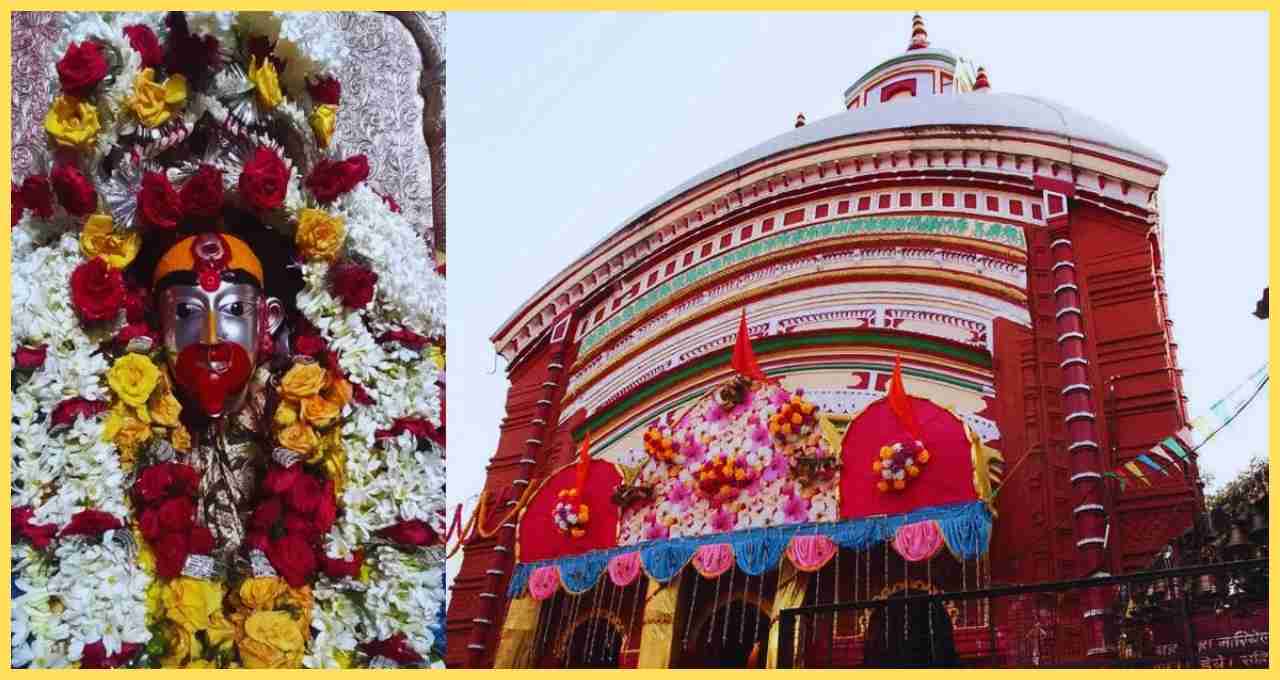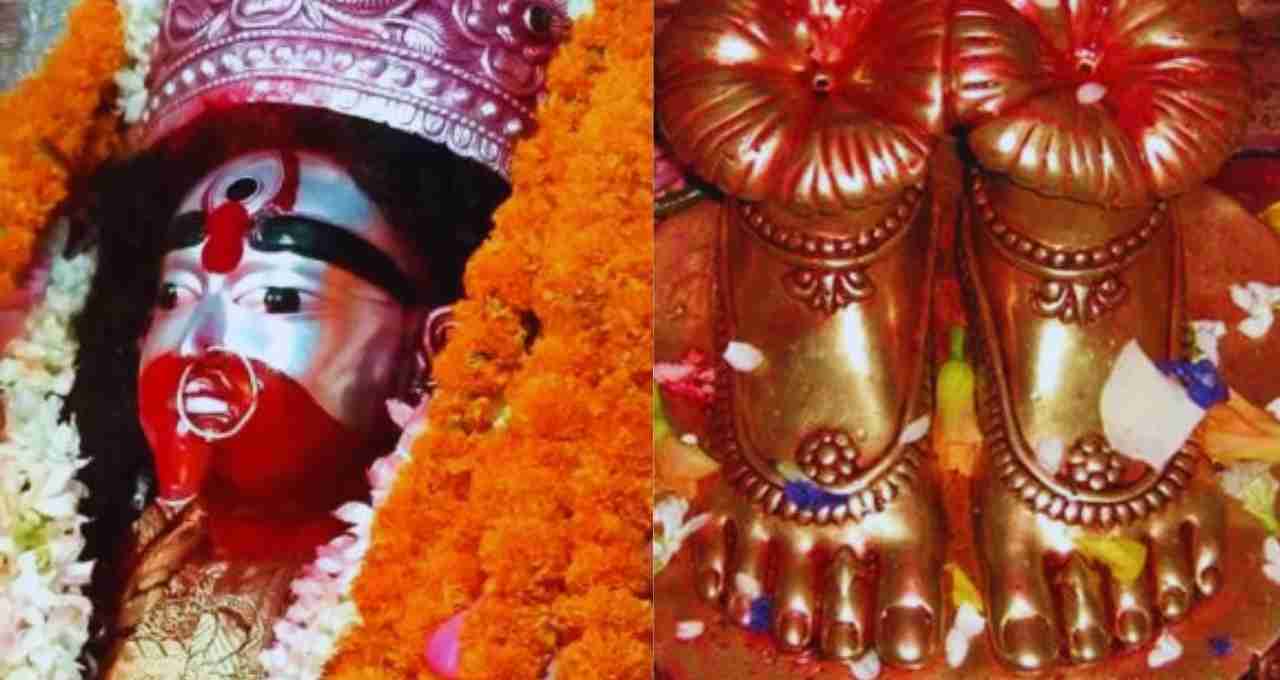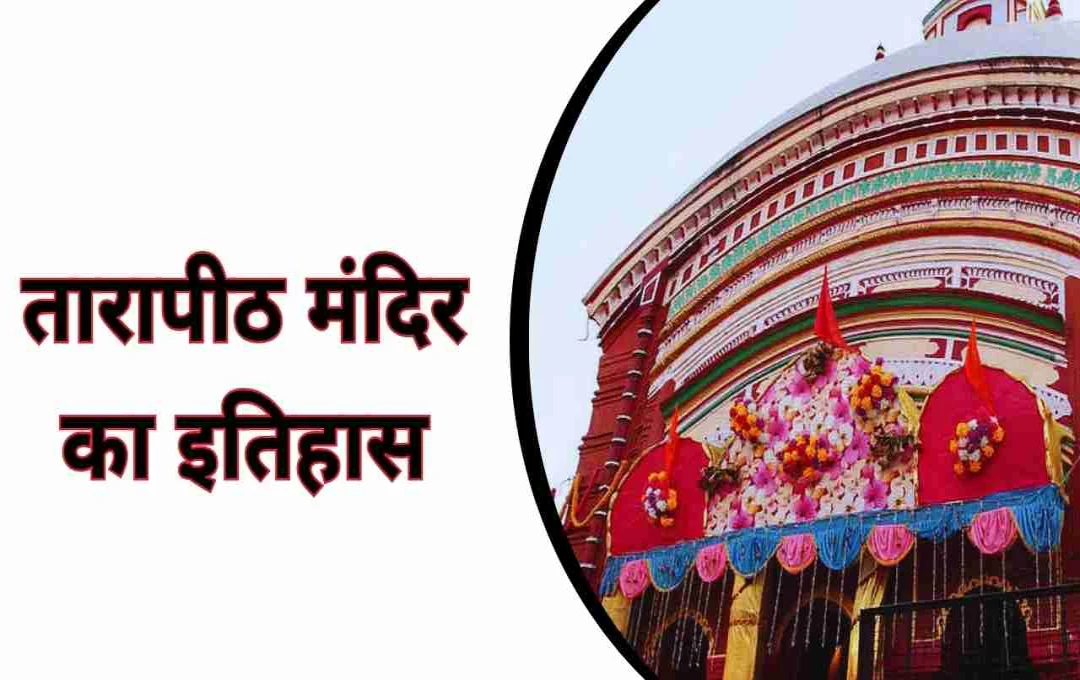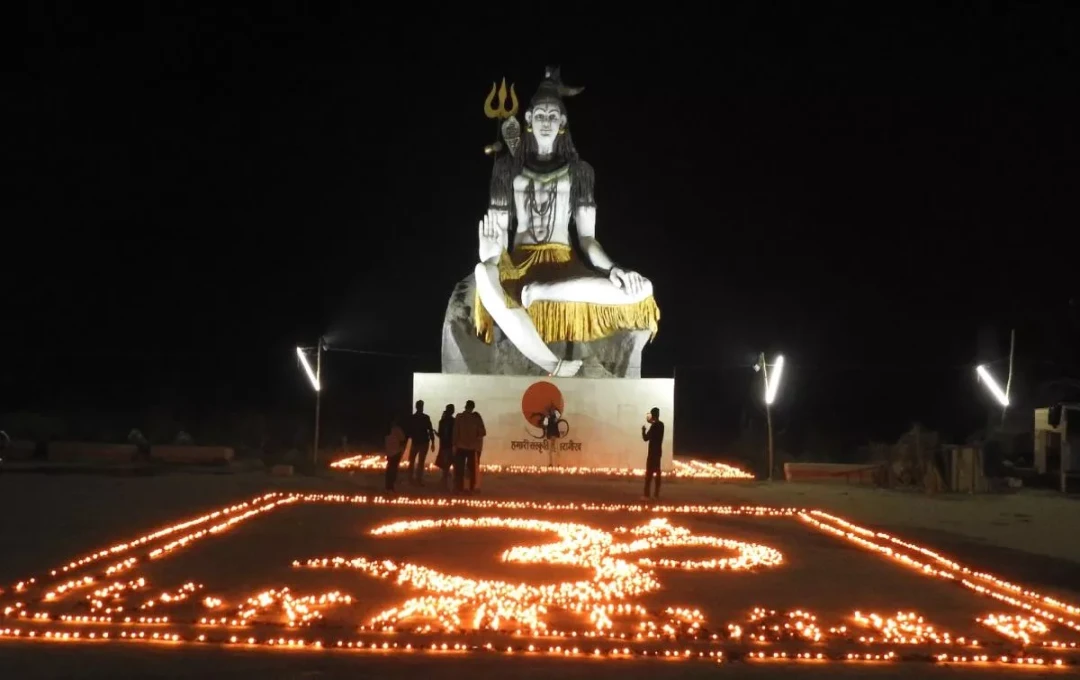Located in the Birbhum district of West Bengal, Tarapith Temple is not just a religious site, but a living symbol of India's Tantric tradition and unwavering faith in Maa Tara. This site holds a special place among the Shakti Peethas, where millions of devotees come to seek the blessings of the Divine Mother. The energy, worship practices, and mysticism here make it distinctly different from other temples.
The Mythology and Historical Significance of the Shakti Peetha
According to mythological beliefs, when Goddess Sati immolated herself in Daksha Yagna, Lord Shiva, in his grief, began the Tandava, carrying her body. To calm his wrath, Lord Vishnu used his Sudarshana Chakra to divide Sati's body into several parts. It is said that Sati's third eye fell here, which is why this place became a Shakti Peetha. Here, Rishi Vashistha meditated on Maa Tara and expanded the Tantra tradition. This tradition remains the identity of Tarapith today.
The Unique Form of Maa Tara

The form of Maa Tara worshipped in Tarapith is not ordinary. Her primordial form depicts her as a mother who calms the effects of poison by feeding Lord Shiva breast milk after he consumes it. This form presents the compassionate and maternal aspect of power. The metal idol in the sanctum sanctorum shows her fierce form—with four arms, a garland of skulls, and a protruding tongue. These two forms uniquely define the spiritual depth of this temple.
Architecture and Religious Structure of the Temple
The Tarapith Temple is built with red bricks. Its walls are thick and b. Despite the small size of the sanctum sanctorum, it is filled with spiritual energy. The temple complex houses several smaller temples, such as the Chandrachur Shiva Temple, Bajrangbali Temple, Maa Shashti Temple, and a temple dedicated to Saint Bamakhepa. The nearby holy pond is called 'Jibit Kund' (living pond), where devotees purify themselves by bathing before offering prayers. It is believed that this water has healing powers.
Tantric Tradition and Cremation Ground Sadhana
Tarapith is known as the 'Land of Tantriks'. The cremation ground (Maha-শ্মশান) located behind the temple is a center for Tantric practices. Here, ascetics perform sadhana using vessels made of skulls. They believe that Maa Tara resides in the cremation ground and that performing sadhana there leads to unique attainments. The scene here is unlike that of typical temples—with ash, skulls, bones, and the huts of sadhus all around. This place is extremely important for mystics and spiritual seekers.
Bamakhepa: Maa Tara's Beloved Saint

The history of Tarapith is incomplete without Bamakhepa. He is known as 'Tara Maa's son'. He lived beyond the traditions of society, immersed only in the devotion of Tara Maa. It is said that Maa Tara herself ordered a queen in a dream to feed Bamakhepa first. Even today, his temple and samadhi located in the temple complex are a special attraction for devotees. Practitioners of the Tantric tradition consider him their guru and perform sadhana.
Rituals, Sacrifices, and the Specialty of Prasad
The practice of sacrifice still exists in Tarapith. Devotees sacrifice a black goat, which is considered an integral part of Tantric worship. Before the sacrifice, the goat is bathed in the holy pond. After that, its blood is offered to the deity, and some devotees apply its tilak (mark) on their foreheads. This is one of the few temples in India where non-vegetarian prasad is offered. On special occasions, rice, pulao, mutton, shol fish, vegetables, sweets, and payesh are offered. This tradition reflects the depth of the Tantric culture.
Spiritual Tourism and Modern Development
Today, Tarapith is not only a center of religious faith but has also become a major spiritual tourism destination in eastern India. Thousands of devotees visit every day, which boosts the local economy. The West Bengal government has initiated plans to build replicas of all 51 Shakti Peethas here, along with facilities like a helipad, shopping complex, parking plaza, and auditorium. This will provide ordinary devotees with a comprehensive spiritual journey experience in one place.
Tarapith is not just a temple, but a unique confluence of devotion, tantra, power, and motherhood. The atmosphere here is quite different from ordinary religious sites. If you want to understand the deeper aspects of Indian spirituality, this place is an essential visit.















